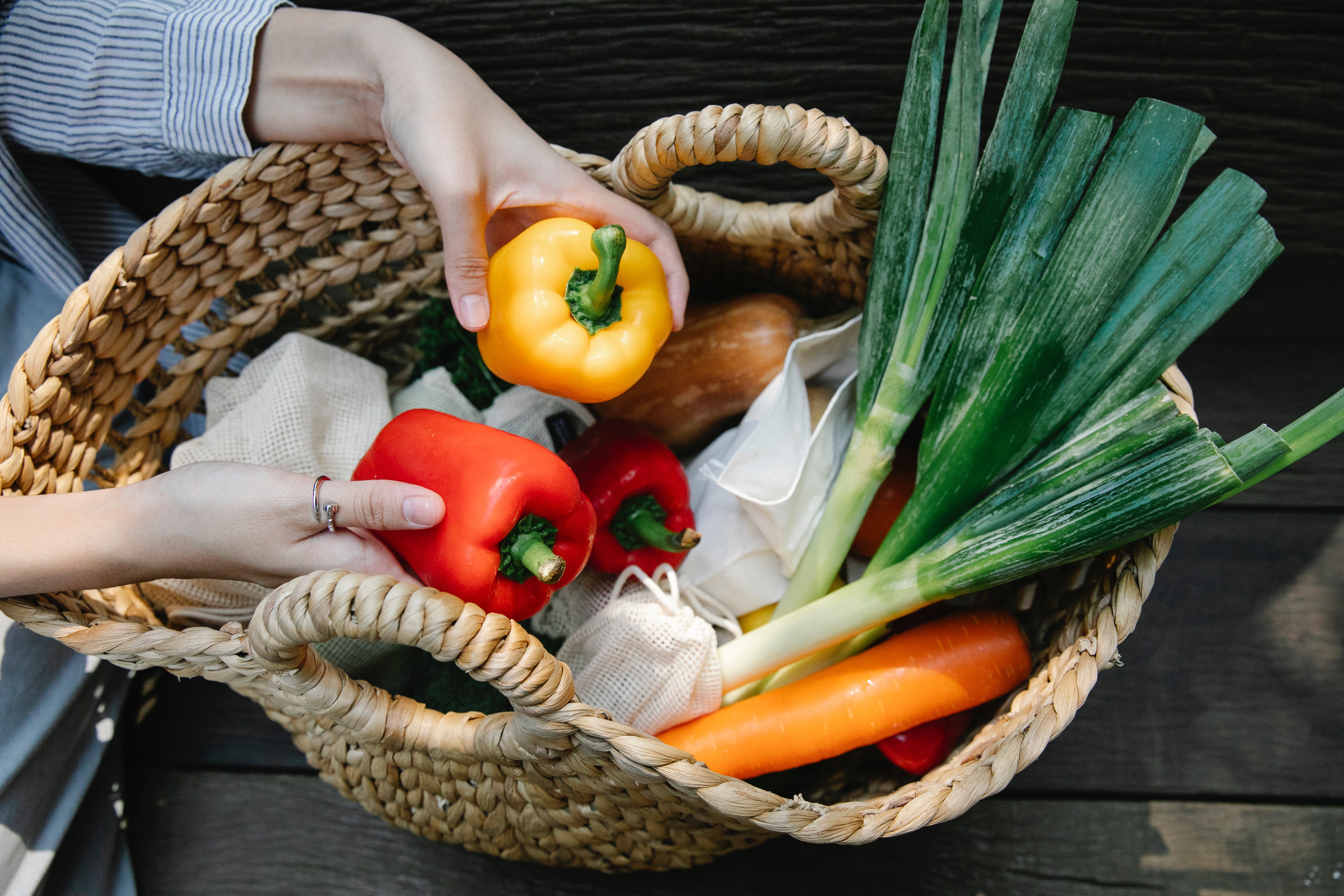The Ultimate Guide to a Gorgeous, Edible Garden
Posted by Larry Waters on 13th Oct 2023
Transforming your garden into an edible paradise that's as pleasing to the eyes as it is to the taste buds doesn't have to be complicated. By carefully selecting multifunctional plants, using design software to visualize your plans, and employing some basic gardening techniques, you can achieve a remarkable synergy between beauty and utility. In this article we delve into essential strategies to craft an outdoor sanctuary that's both stunning and sustainable.
The Allure of Edible Grasses
First on the list is the fascinating world of edible ornamental grasses that can serve as natural borders. By adding these grasses, such as bamboo or lemongrass, you delineate your garden spaces while introducing elements that can be harvested for culinary use. For instance, bamboo shoots make for a tasty stir-fry, and lemon grass can be infused into refreshing teas. So, it's a win-win in terms of utility and aesthetics.
The Double-Duty Plant Phenomenon
The next important consideration is the selection of dual-purpose plants that offer both visual appeal and edible parts. Herbs like rosemary and basil are excellent examples that lend aromatic and flavorful notes to your dishes. They also add aesthetic value through their vibrant foliage and occasional flowers. The key here is to opt for plants that bring multiple benefits to your garden. By doing so, each square foot of your garden provides not only food but also visual delight.
Visualize to Maximize
One challenge in garden design is accurately picturing how different elements will coalesce in physical space. Solve for this with 3D modeling software that will help you visualize your goals. By using this technology, you can simulate different plant placements, textures, and color schemes. It ensures that your garden will have the perfect balance between edible and ornamental plants. You can plan for walkways and other features, ensuring the garden layout is both functional and beautiful. It's a crucial step that should not be overlooked in the design process.
A Symphony of Colors and Textures
Another compelling aspect of designing an edible landscape is the incorporation of various colors, textures, and shapes. You could integrate colorful vegetables like rainbow chard or purple carrots alongside aesthetically pleasing plants like lavender or ornamental peppers. This creates a visually arresting experience that captivates visitors and makes your garden a standout feature.
The Harmony of Plant Requirements
Efficient gardens group plants according to their sunlight and watering needs. This practice ensures that you're not wasting resources and that your plants grow as healthy as possible. For example, drought-tolerant herbs can be planted together, while vegetables that require more water can share a separate section. This not only simplifies maintenance but also ensures each plant species is set up for success.
Vertical Gardens and Containers
In situations where space is limited, raised beds and container gardening offer effective solutions. These options enable you to plant vertically, thereby maximizing the area available for your edible landscape. For city dwellers or those with small yards, this approach makes it possible to grow a diverse array of edible plants. It’s an efficient use of space that still allows for a beautiful, productive garden.
Achieving a garden that satisfies both your aesthetic desires and your culinary needs is entirely doable. By choosing edible yet ornamental grasses, opting for multifunctional plants, utilizing 3D design software for planning, incorporating a mix of colors and textures, organizing plants according to their needs, and making use of space-saving techniques like raised beds, you set the stage for a truly exceptional outdoor space. Start applying these principles today, and you'll be on your way to crafting a garden that's as beautiful as it is fruitful.
Need to get in touch with the creatives at Paloma Pottery? Reach out today to learn more about the beautiful products available!
